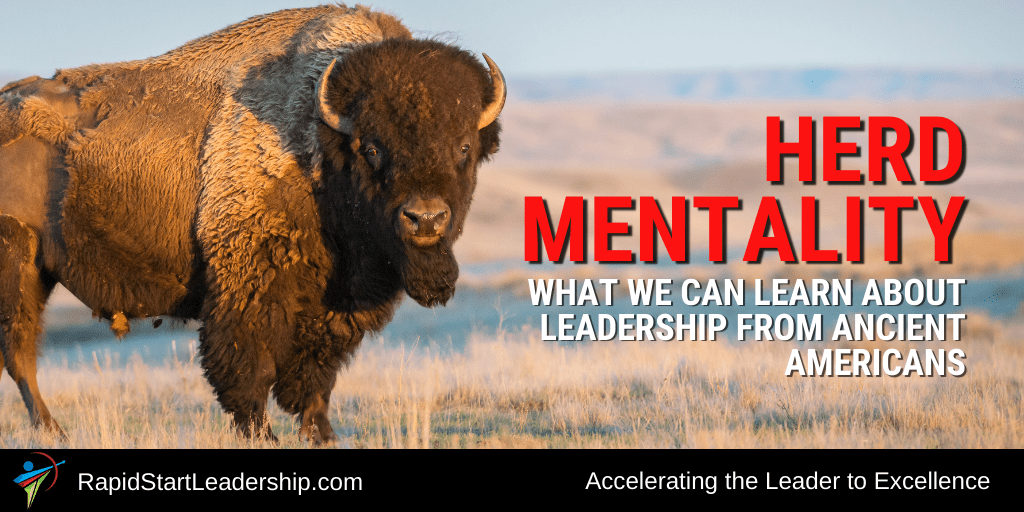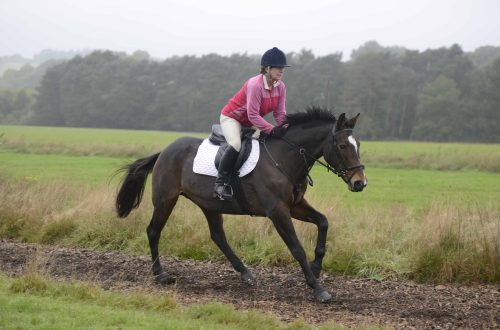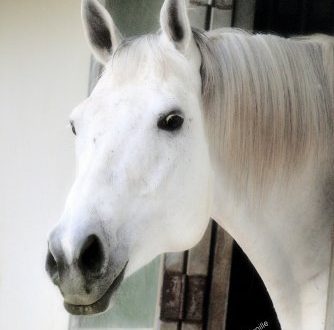
The movement of the herd – who is the leader and who is the follower?
The movement of the herd – who is the leader and who is the follower?
Recent studies have shown that the familiar concepts of “dominance” and “leadership” to explain the dynamics of the herd will have to be revised.
So, in free and wild horses, no horse is the leader of the group. There is an egalitarian social organization in which any number of horses make the decisions and coordinate the movement of the group, all with relatively little competition or aggression.
Leay Briard, BSci, MSci, PhD and colleagues conducted a study – “How stallions influence the dynamics of collective movements in two groups of domestic horses, from point of departure to point of arrival.” Scientists tried to find out what effect the stallion has on the collective movement of the herd. They found that although the stallion rarely initiates a group movement, he seems to play a unique role in moving behind the herd, urging stragglers and remaining alert.
Who initiates the group movement?
To study collective movement, Briard and her colleagues observed two herds of semi-free domestic horses in eastern France. One herd included a stallion, nine mares and eight foals, and the second consisted of one stallion, twelve mares and eight foals.
Leadership in this study was defined as the ability to initiate, recruit, synchronize and coordinate the movement of other horses. In more than a hundred herd movements, the researchers identified the horse that initiated the group movement, as well as the order and location of other horses that joined the movement as followers, the time of movement. The researchers were looking for patterns that would result in either sequential leadership (the same animal initiated the movement of the group and led the way) or distributed leadership (several different horses initiated the movement and took the front position).
Scientists have found the distribution of leadership in both herds. Nearly all horses have initiated a group movement and taken the lead position at least once. But still, a few horses initiated group movement more often than others; In one herd, one mare initiated 40% of the movements, in another, two mares initiated 50% of the group movements.
What is the role of the stallion?
In both herds, the stallion was often the last horse to join the group and was almost always at the back. The stallions rarely initiated a collective movement or led the way. Previously, the same behavior was observed in stallions and males of other ungulates. Being behind the herd, the stallion has the best view and can monitor the surrounding area for threats, monitor the herd and the integrity of the group.
By observing the behavior of the horses, the researchers found that during group movement, both mares and stallions often stop to chew on grass, but stallions are more likely to be alert, stop and look back at the rest of the horses. In addition, stallions urinated and defecated much more frequently than mares. Researchers have observed these behavioral differences between stallions and mares in other settings as well.
As part of the study, scientists removed a stallion from one herd. They assumed that if the stallion plays a key role, his absence would have to disrupt the dynamics of the group movement. Indeed, after the removal of the stallion, the movement began to take five times longer, and the mares moved in a more scattered group. At the same time, the removal of a stallion from another herd did not affect its dynamics during the group movement. For example, the same mares soon began to initiate locomotion and subsequent patterns were not significantly affected.
Conclusions.
Social organization and leadership patterns in animal groups can be complex. Horses are polygamous, in the herd there may be several adult mares with offspring and one stallion. In polygamous communities, the prevailing belief is that the male has a higher status and is in control of group activities. In horses this general principle is not stable. Although the stallion protects his harem from competitors, scientific research proves that the predominant social structure in the herd is egalitarian – there is no unambiguous dominant (be it a stallion or a mare).
Robin Foster, PhD, CAAB, IAABC Certified Equine Behavior Consultant; translation Valeria Smirnova (source).





